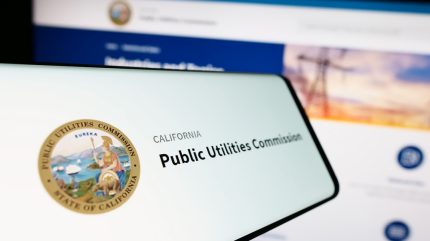
The California Public Utilities Commission (CPUC) has established a centralised procurement strategy for clean energy.
Under the framework, the California Department of Water Resources (DWR) will procure up to 10.6GW of long lead-time energy resources, including 7.6GW of offshore wind, 1GW of geothermal energy, 1GW of multi-day long-duration energy storage and 1GW of long-duration energy storage with at least a 12-hour discharge period.
The CPUC stated that these technologies were chosen for their potential to accelerate the state’s greenhouse gas reduction goals set for 2045, reduce costs and diversify resources that effectively integrate into the grid.
The regulatory agency stipulated that the technologies would require scaling to reduce costs as they are not currently being procured in large enough quantities by individual energy providers. The CPUC has reserved the right not to pursue the technologies if costs to ratepayers are too high.
The decision also highlighted the need for funding sources other than electricity bills to support these efforts.
As a singular state agency procuring energy on behalf of ratepayers, the DWR has been directed to conduct a series of solicitations and evaluate bids based on quality, cost and risk, with review by the CPUC.
“By having one state agency procure these resources on behalf of ratepayers, California can streamline the acquisition of advanced energy resources,” the CPUC said in a press release.
The CPUC aims to complete the strategy by 2037, with the broader ambition of fortifying the state’s energy infrastructure to position it as a leader in clean energy innovation.
CPUC commissioner John Reynolds commented: “Today’s procurement authorisation issues a challenge to the industry, and we want to see developers deliver on the immense potential of these technologies to deliver tangible ratepayer benefits and cost efficiencies with the economies of scale we are enabling here.”
Between March and June, California achieved 100% renewable energy for 100 days from solar, wind, and hydroelectric technologies.
The state has since approved plans for a series of laws to streamline approvals for the construction of solar and offshore wind projects.
Last month, the US Department of Energy signed a landmark $12.6bn agreement for the construction of a hydrogen hub in California, further boosting the state’s clean energy reserves.


